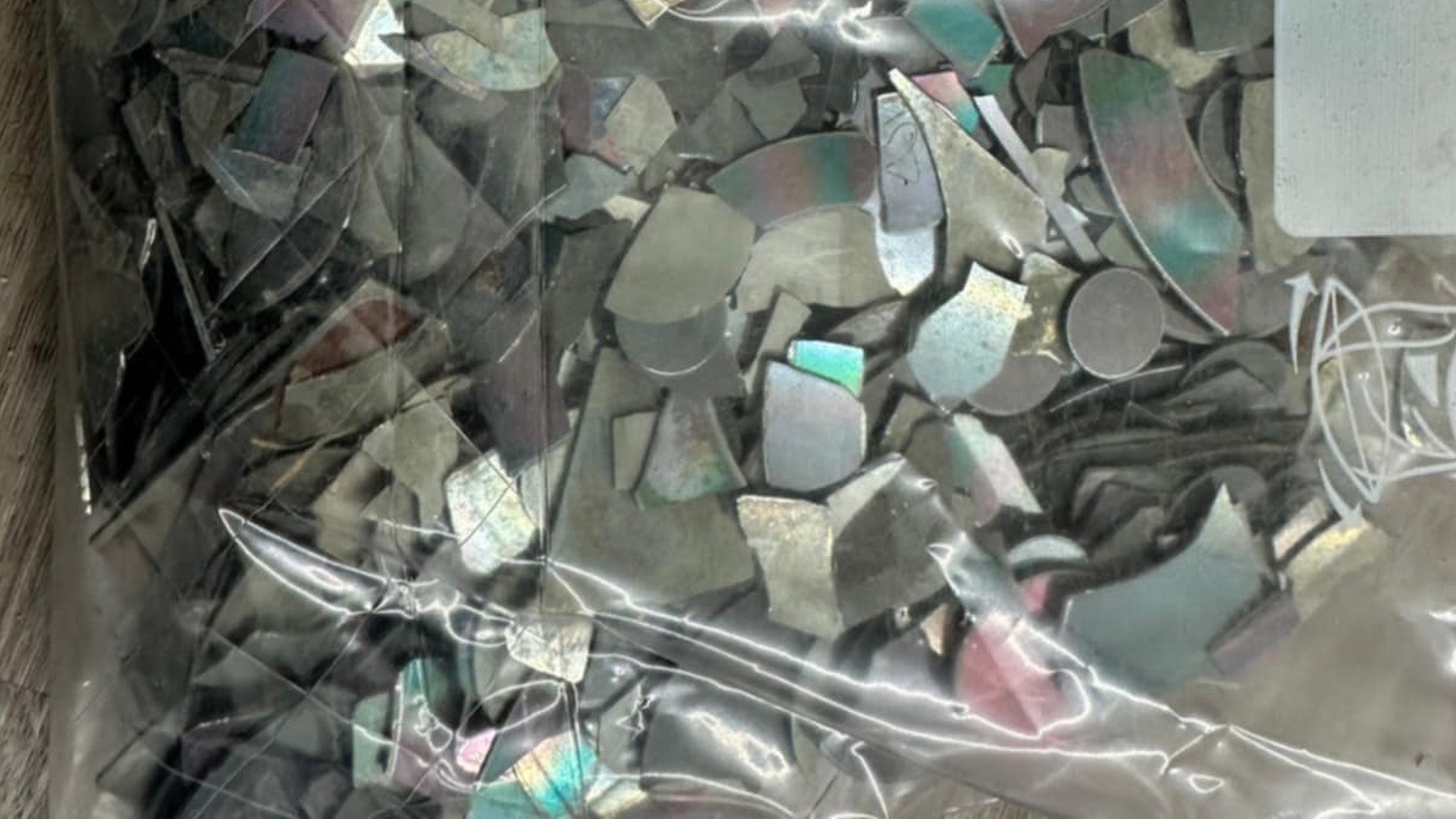

Rare earths are not geologically rare, although their current mining and intermediate production structure give that impression. While approximately 30 percent of global rare earth reserves are located in Chinese territory, China currently controls between 50-60 percent of global rare earth mining and 80-90 percent of the market in the intermediate processing stage. In the mid-1990s, global production completed its shift from the United States to China. By the 2000s, when China was accused of economic coercion with rare earths, they were mining over 90 percent of global supply. China achieved this dominant position in the market through long-term investments in basic research, a mechanism to nurture a public-private pipeline, and the development of deep talent and expertise.
Historically, the United States was the global leader in rare earth production from World War II until the early 1990s. However, U.S. investments in basic research and public-private collaboration declined by the 1980s. In contrast, China adopted similar policies to those once used by the United States but implemented them with long-term state-backed support. By the mid-1990s, global production had shifted to China, and by the 2000s, China was responsible for mining over 90% of the world’s rare earth supply.
China’s strategic approach to rare earths began with its “going out” policy and evolved into the Belt and Road Initiative. Recognizing the need for more raw materials than were domestically available, China invested heavily in international mining ventures while simultaneously developing domestic expertise in rare earth processing. This combination allowed China to control both supply and midstream production.
One of the primary goals of the industrial consolidation in China's rare earth sector is to enhance market stability. By controlling the supply of rare earth materials, China aims to stabilize prices and ensure that production aligns with both domestic and international demand. Additionally, vertical integration plays a crucial role in this strategy; the country seeks to strengthen its capacity to process and refine rare earths rather than merely exporting them in their raw form. This move not only adds value to the resources but also positions China as a leader in the global supply chain. Furthermore, the consolidation efforts include a commitment to enforcing stricter environmental regulations. By doing so, China aims to reduce the long-term costs associated with mining and processing rare earths, addressing the environmental degradation that has historically plagued the industry.
China's strategy in dominating the rare earth industry is underpinned by several key policies. Firstly, the government invests heavily in basic research, focusing on the development of advanced refining technologies and the exploration of new applications for rare earth elements. In addition to this state investment, there is a strong emphasis on public-private collaboration, which fosters knowledge transfer between state laboratories and private firms. This collaborative approach enhances innovation and efficiency within the industry. Furthermore, China implements export controls and production quotas, which allow the government to maintain a favorable position in the global market by regulating supply. Together, these strategies have solidified China’s crucial role in the rare earth processing landscape.
China has historically used its control over rare earths as an economic and geopolitical tool. In 2010, China was accused of economic coercion when it restricted rare earth exports to Japan. This led to a World Trade Organization (WTO) dispute in 2015, after which China officially removed export controls but replaced them with a system of production quotas. These quotas still allow China to influence global supply and pricing.
Despite its dominance, China faces its own supply chain vulnerabilities. It imports certain rare earths needed for permanent magnets, particularly from the United States and Myanmar. China’s enforcement of stricter environmental regulations has increased domestic production costs, making imports from poorly regulated mines in Myanmar more attractive. However, during the COVID-19 pandemic, border closures between China and Myanmar led to rare earth price spikes, exposing China’s own reliance on external sources.
To effectively counter China's control over rare earths, the United States needs to adopt a multifaceted approach. First and foremost, it is essential to invest in domestic production and processing by reviving rare earth mining operations and expanding capacity for refining and midstream processing. This would enhance the country's ability to manage its own resources.
Additionally, increased federal support for research and development is crucial. By allocating more funding toward the research of rare earth materials, the U.S. can foster the development of extraction and refining technologies that are not only cost-effective but also environmentally friendly.
Another significant step is the diversification of supply chains. By partnering with allies such as Australia, Canada, and Japan, the U.S. can work toward creating an alternative global supply chain, which will help reduce dependence on China.Moreover, establishing a national stockpile of critical rare earth materials is vital for protecting against potential supply disruptions. This strategic stockpiling would ensure that the U.S. has essential resources available when needed.
Lastly, incentivizing private sector involvement is key to encouraging American companies to invest in rare earth mining and processing. Tax incentives and subsidies could play an important role in stimulating private investment in this area. While China currently holds a dominant position in the rare earth market, a well-executed strategy by the United States could mitigate vulnerabilities and enhance competitiveness. By focusing on innovation, fostering strategic partnerships, and promoting sustainable resource development, the U.S. can significantly reduce its reliance on China and secure a stable supply of these critical materials for future technologies.